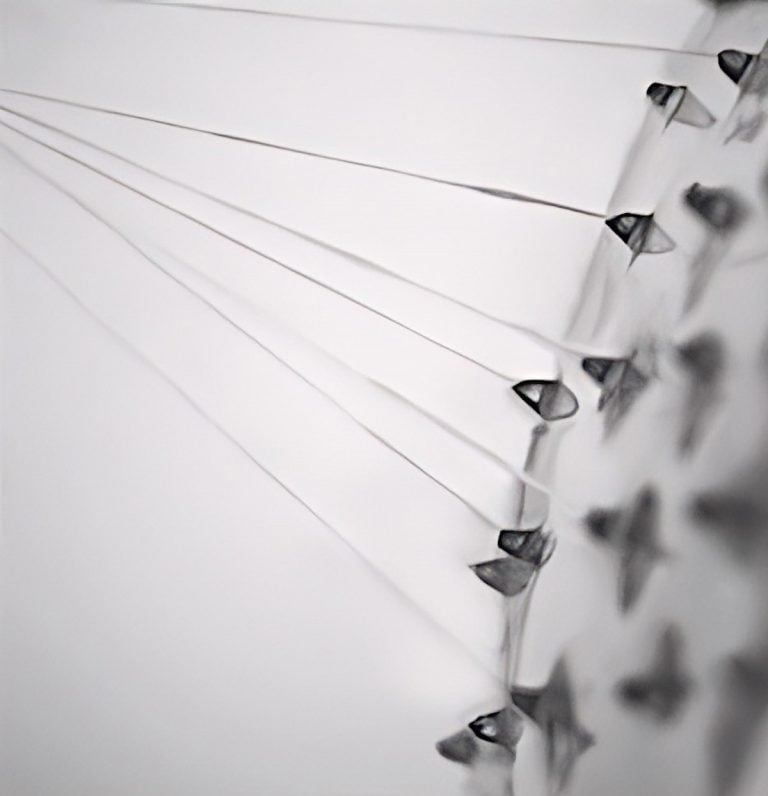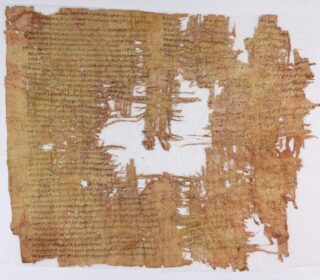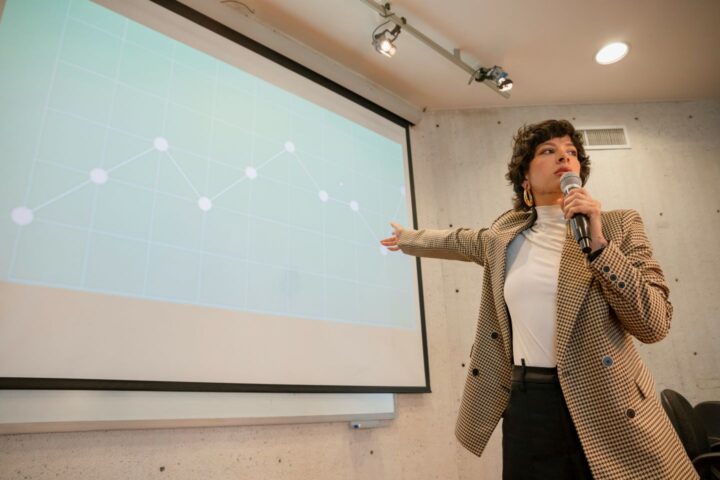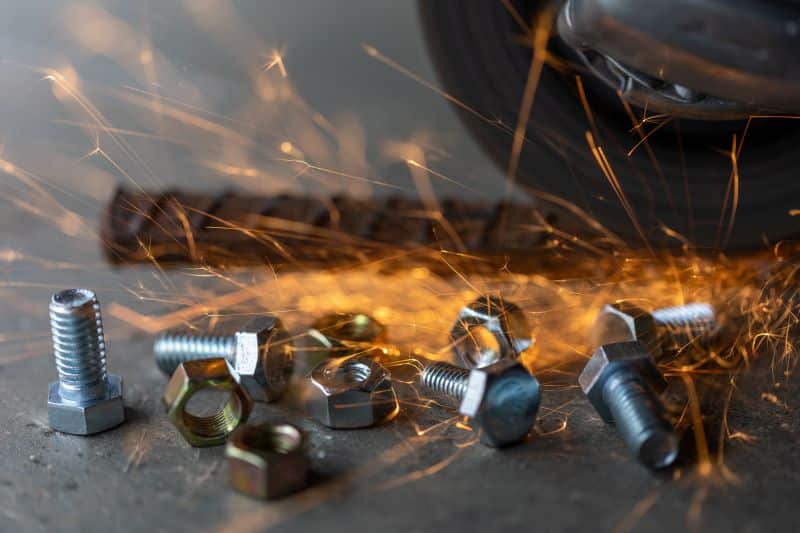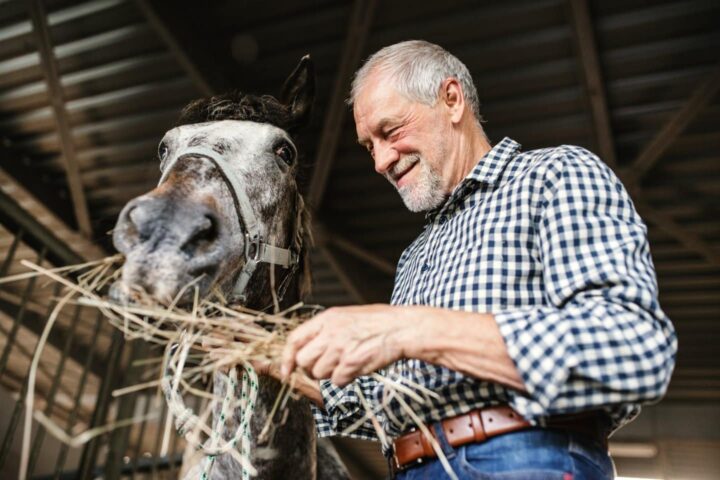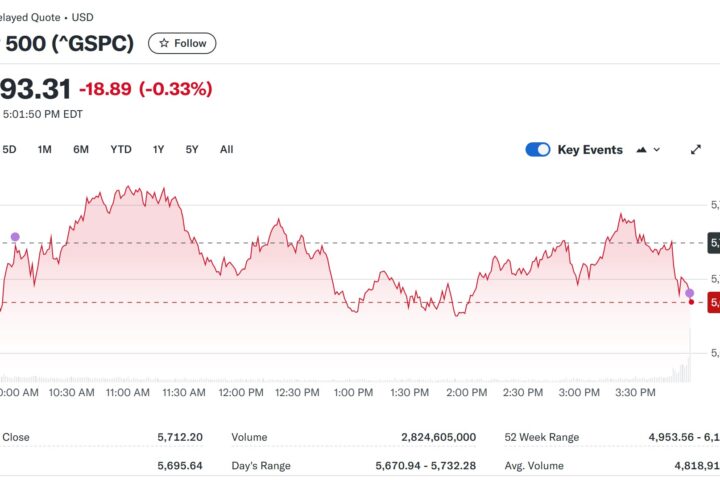Scientists have successfully created artificial spider silk, a super-strong and biocompatible material, using microbes. This innovative development has shown remarkable healing properties in treating wounds, particularly in mice with osteoarthritis and chronic wounds caused by diabetes.
The Challenge of Obtaining Natural Spider Silk
Spider silk is one of the strongest materials on Earth, but obtaining it from spiders is impractical due to their territorial and cannibalistic nature. Genetic engineering has provided a solution, enabling microbes to produce spider silk proteins.
Creating Artificial Spider Silk
Researchers modified the natural protein sequence, adding peptides to prevent sticking and increase yield. They then used 3D printing technology to draw protein solution into thin strands, mimicking a spider’s web-spinning process.
Medical Applications
The artificial spider silk was woven into bandages, effectively treating joint injuries and skin lesions in mice. The silk’s biocompatibility and biodegradability make it an exciting prospect for future medical applications.
Key Findings
- Artificial spider silk is stronger than steel
- Modified peptides increase protein yield
- Successful treatment of osteoarthritis and chronic wounds in mice
Expert Insights
“Artificial spider silk has tremendous potential for medical applications… Its strength and biocompatibility make it an exciting development.” – Bingbing Gao
Reference
“Overexpressed Artificial Spidroin Based Microneedle Spinneret for 3D Air Spinning of Hybrid Spider Silk” (ACS Nano, September 2024)
Stay Updated
Subscribe to our newsletter for the latest advancements in biomaterials and medical research.
Share Your Thoughts
How do you envision artificial spider silk impacting medical treatments?

